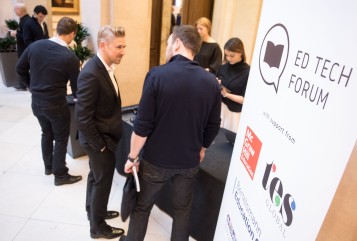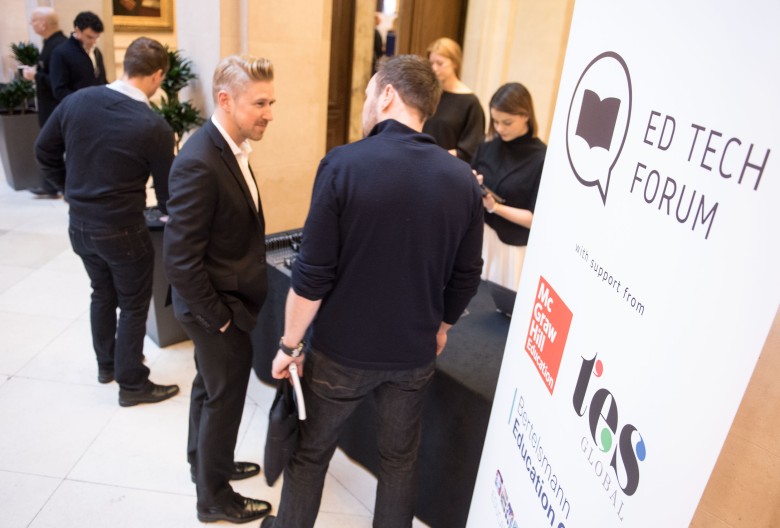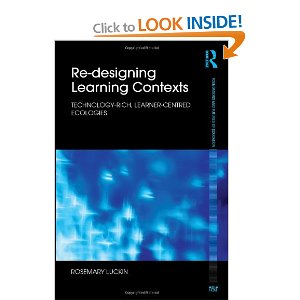It is far too long since I last posted to this blog: too many jobs and too little time would be my fist attempt at an excuse. But, perhaps it is just that I am not effective enough, that I need better self-regulatory skills, more intelligence and a better understanding of my own strengths and weaknesses. I talk quite a lot about intelligence and about how AI developers have not yet designed artificially intelligence systems that understand themselves and have metacognitive awareness, but maybe I too lack these abilities? So, how might I become more self-effective?
This thought is one that I intend to worry at while I am completing a research trip to the University of Sydney to work with my colleague Judy Kay. We are working on Personal Analytics for Learners (PALs), or more precisely interface designs for PALs (or iPALs).
In order to help me thing this through I wanted to learn more about some of the work that Judy and her colleague Kalina Yacef have been doing in collaboration with medics and health professionals to develop better data analytics and interfaces for personal health information for education. For example, the iEngage project provides a digital platform for children with information, education and skills to help them to achieve their physical activity and nutritional goals. It connects with ‘misfit‘ activity trackers to provide continuous feedback and summarise the daily activity on a dashboard.
To this end, I bought myself a ‘misfit’: a somewhat cheaper version of a ‘fitbit’ with a great name :-). I am now tracking my sleep and my pulse as well as my physical activity and diet in order to try and understand more about my personal wellbeing. This is nothing new and millions of other people do this too. I notice that popular technology stores stock a good range of fitness tracking devices and increasingly more reasonable prices.
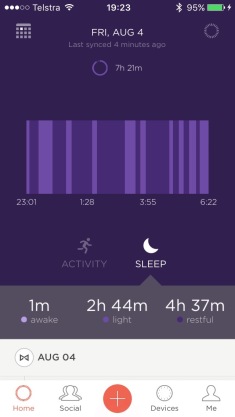
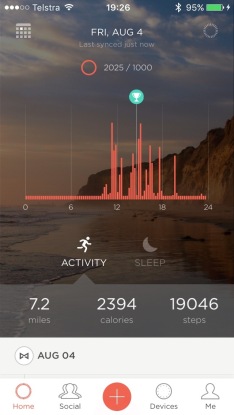
So, in order to also help me be better at understanding my mind and my cognitive progression and metacognitive skills and regulation, I now need a ‘mindset” to help me track how well I am thinking, learning and regulating my working and learning. The interface to such a ‘mindset’ is the idea behind the iPAL that Judy and I are currently designing. I find it interesting to speculate about the kinds of data that we could collect about our intellectual and social interactions that would help us track and better understand our intellectual mental wellbeing as well as our physical welding and fitness. This kind of ‘fitbit’ for the mind might help me to be less distracted by non-priority activities and spend more time on priorities, such as writing.
A search for ‘fitbit for the mind’ yields some hits, though not terrifically interesting ones. There is an article in new scientist about eye-tracking to tell you more about your reading habits, and a mindfulness app that can be linked to fitbit data. The problem here is that we are being offered some automatic tracking of just one type of mental activity – reading, or mindfulness and actually we need something way more sophisticated to tell us about how we our intelligence and self-awareness is progressing. Perhaps something that looks at multiple data sources and provides us with an overview of our activity in a way that motivates us to want to know more about our intellectual fitness in the same way that activity trackers help us understand more about our physical fitness.
Earlier this month, there was a more interesting article in Newsweek that talks about ‘iBrain’ and the possibility for us to be able to track our brain’s electrical output and see markers for the likely occurrence of a range of mental health disorders from anxiety, depression, and schizophrenia, to dementia and Alzheimer’s before symptoms appear. Such information might help early intervention and monitoring. This reminds me of the rise of personal DNA services, such as 23 and me. If people are interested in their DNA and what it might tell them about how they should adjust their lifestyles to avoid certain conditions that they look to be susceptible to, then maybe people are also curious about their intelligence and how they can understand it better.

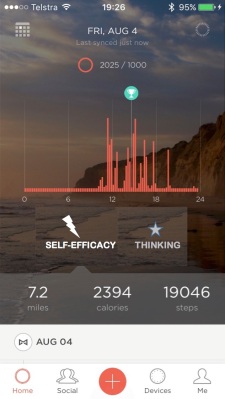
Over the next few blog posts I plan to explore what such a device might be like, what data it might collect and how I might best benefit from the sorts of information it could provide.



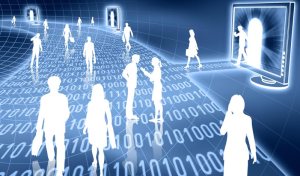





 learners of all abilities, and in particular it can be taught by intelligent software as well as by human teachers. The second concept, that of Deliberate Practice confirms the adage that I was all too frequently reminded about as a child: Practice makes Perfect. Well, yes it does, provided that it is effort full, that the learner is motivated and that the practice is accompanied by appropriate feedback and the capacity for learners to see their own success. The qualities of practice just listed are within the skill sets of intelligent software as well as being in the skill sets of intelligent humans. Both human and machine are enriched by our knowledge of these concepts.
learners of all abilities, and in particular it can be taught by intelligent software as well as by human teachers. The second concept, that of Deliberate Practice confirms the adage that I was all too frequently reminded about as a child: Practice makes Perfect. Well, yes it does, provided that it is effort full, that the learner is motivated and that the practice is accompanied by appropriate feedback and the capacity for learners to see their own success. The qualities of practice just listed are within the skill sets of intelligent software as well as being in the skill sets of intelligent humans. Both human and machine are enriched by our knowledge of these concepts.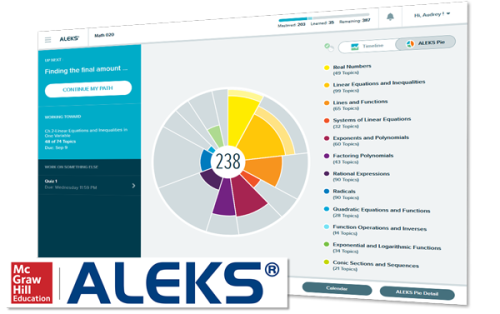
 This adaptation might, for example be to change the difficulty of the task the student has been set, or it could be to increase or decrease the extent of the helpful interventions that the software provides while the student is trying to solve a problem. This type of software uses AI to provide such tutorial individualization and I believe that AI may finally have achieved a position that will enable it to provide benefits for Education akin to those Siri has provided for personal assistance.
This adaptation might, for example be to change the difficulty of the task the student has been set, or it could be to increase or decrease the extent of the helpful interventions that the software provides while the student is trying to solve a problem. This type of software uses AI to provide such tutorial individualization and I believe that AI may finally have achieved a position that will enable it to provide benefits for Education akin to those Siri has provided for personal assistance. The adaptive software I saw at Bett was very like the adaptive systems that have been developed and studied by the Artificial Intelligence and Education community for several decades now. Indeed the whole topic of Artificial Intelligence (AI) is very much in the news at present, with much attention being paid to its role in the Fourth Industrial Revolution, in particular the way in which AI is replacing people in an increasing variety of jobs.
The adaptive software I saw at Bett was very like the adaptive systems that have been developed and studied by the Artificial Intelligence and Education community for several decades now. Indeed the whole topic of Artificial Intelligence (AI) is very much in the news at present, with much attention being paid to its role in the Fourth Industrial Revolution, in particular the way in which AI is replacing people in an increasing variety of jobs. One area that the AIEd community has paid increased attention to is the use of findings from the Learning Sciences to inform the design of AIEd systems. For example, psychologists, such as
One area that the AIEd community has paid increased attention to is the use of findings from the Learning Sciences to inform the design of AIEd systems. For example, psychologists, such as 